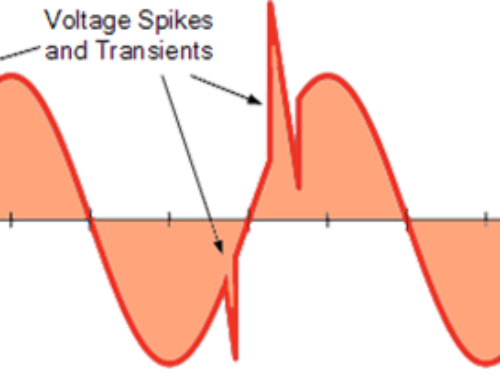The Earth’s heartbeat cannot be heard with your ears. It is comprised of extremely low frequency (ELF) electromagnetic waves that cycle almost eight times per second (8 Hertz). Although, like many other heartbeats, it is regulated by electrical impulses. And, lightning is its origin.
Lightning flashes about 50 times every second on earth discharging bursts of ultra-low-frequency energy into the atmosphere. These waves become trapped between the ground and the Earth’s upper atmosphere. Some of these waves dissipate while others coalesce and become stronger, ultimately creating a beating pulse of electromagnetic waves around the planet. Scientists call this heartbeat Schumann Resonance after the physicist Winfried Otto Schumann who predicted it mathematically in 1952. It wasn’t until the 60’s that an adequate analysis technique became available to extract the resonance information from background noise. Since then there has been increasing interests in Schumann resonances.
Owing to the connection between lightning activity and the Earth’s climate, it’s suggested that Schumann resonances may be used to monitor global temperature variations and variations of water vapor in the upper troposphere. There have been correlations between the resonance frequency and tropical air temperatures, which suggests the resonance could be used to monitor global warming. Monitoring Schumann resonance leakage from space provides a new means to investigate atmospheric electricity, tropospheric-ionospheric coupling mechanisms related to lightning activity, and wave propagation in the upper atmosphere. Schuman resonances are used to study the daily and seasonal variability of lighting as well as other phenomena such as aerosol distributions, solar flares, and geomagnetic storms.
Schuman resonances have been linked to transient luminous events – sprites, ELVES, jets, and other upper-atmospheric lightning. Geophysicists use resonances in the prospection of offshore hydrocarbon deposits.
Lightning flashes set up the resonance pattern that surrounds Earth and in some instances releases energy out of the atmosphere. (Video credit NASA)
After bouncing off the ionosphere, the electromagnetic waves from a single lightning burst interact with and amplify other waves. (Image credit NASA)
Gradually, the interplay among waves originating at many points around the planet creates a large-scale pattern of Schumann resonance. (Image credit NASA)
Content for this post was derived from the following sources:
- “Schumann Resonances.” Wikipedia, Wikimedia Foundation, 14 Mar. 2019, en.wikipedia.org/wiki/Schumann_resonances.
- Fox, Karen. “Lightning Reverb.” NASA, NASA, 3 July 2012, svs.gsfc.nasa.gov/10985.
- Simões, Fernando, et al. “Observation of Schumann Resonances in the Earth’s Ionosphere .” NASA Technical Reports Server, NASA/Goddard Space Flight Center, 3 Jan. 2012, ntrs.nasa.gov/archive/nasa/casi.ntrs.nasa.gov/20120000051.pdf.







